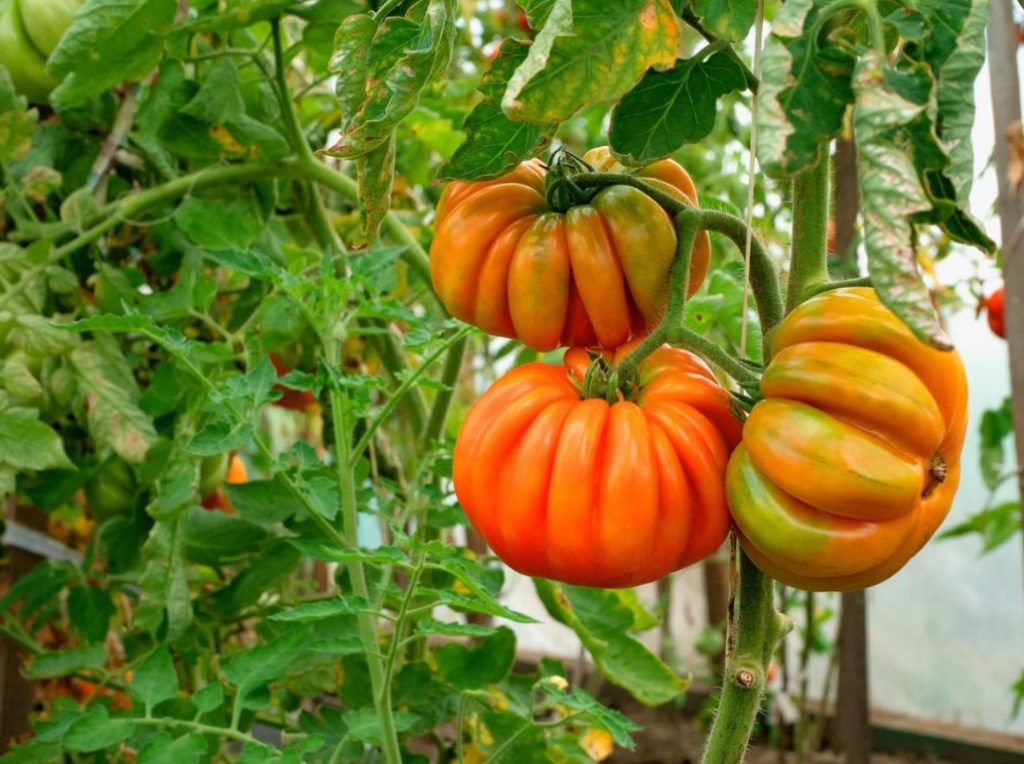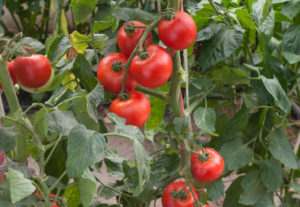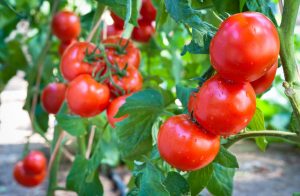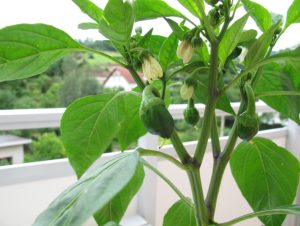3. Excessive watering
There is an opinion that the more water you pour, the sweeter the tomatoes will be. But is it so? Fruits become sweeter from the accumulation of sugars in them. The amount of sugar depends on the variety. Some are genetically sweeter than others. Among them, small-fruited ones are in the lead — some are so sweet that you can drink tea with them. It is not by chance that in some countries they remembered that from the point of view of botany, the fruit of tomatoes is a berry, and therefore they put them on the showcase with fruits, and not with vegetables. Water in abundance is really needed for all physiological processes without exception, but the amount of light significantly affects the accumulation of sugars — the more it is, the sweeter the “berry”.
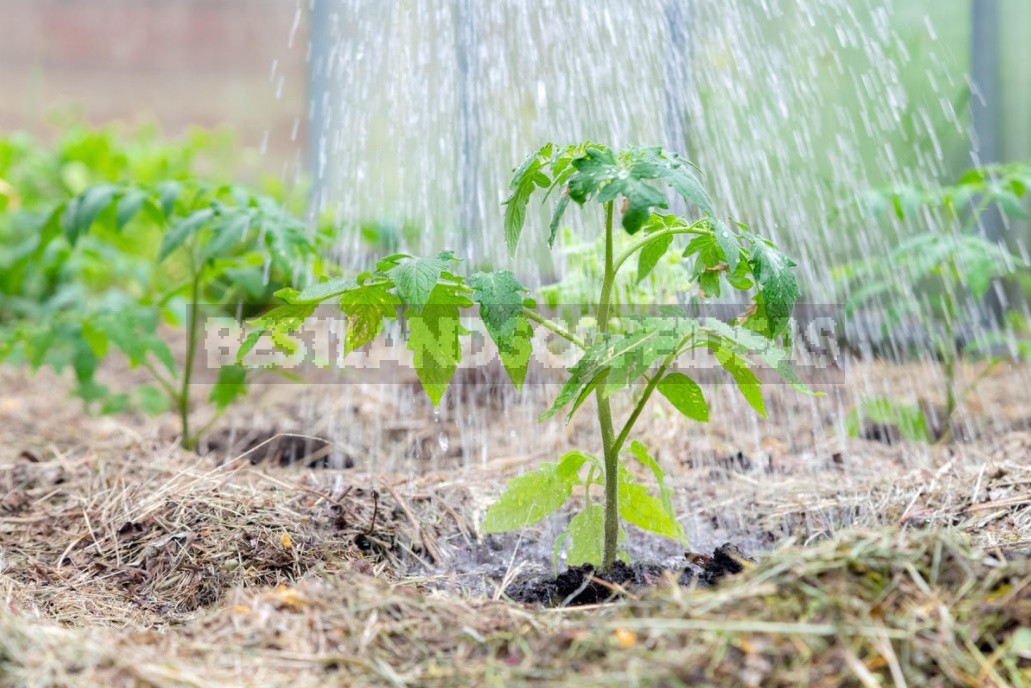
Watering should be uniform: tomatoes do not like moist air, but the soil must be moist. In the “weekend cottager” mode, they usually receive shock watering on Saturday-Sunday, and on weekdays the soil dries up. This can lead to explosive growth of the fruit and, consequently, to cracking. In addition, excessive humidity contributes to the development of fungal diseases.
4. Thickened landing
Tomatoes do not like thickening, then they shade each other, the yield decreases, and the roots have to compete for nutrients. The optimal distances between the bushes are indicated in the description of the variety on the bag with seeds. And these recommendations cannot be ignored. The planting scheme may be different depending on the place you have and the convenience of caring for the plantings, but always focus on the number of specimens planted on 1 m². You can take note of such average data.
- Medium-sized determinant tomatoes (100-150 cm) are planted in 3-4 copies per 1 m².
- High indeterminate tomatoes (from 150 cm and above) are placed on 2 copies per 1 m².

Too tight a fit, as well as excessive moisture, contributes to the rapid spread of diseases. Tomatoes have various spots and rot, but the most terrible enemy is the parasitic fungus phytophthora. Late blight can literally burn out the entire greenhouse in a couple of days, and then spread to potatoes. Or vice versa. It affects all aboveground parts of plants, including fruits.
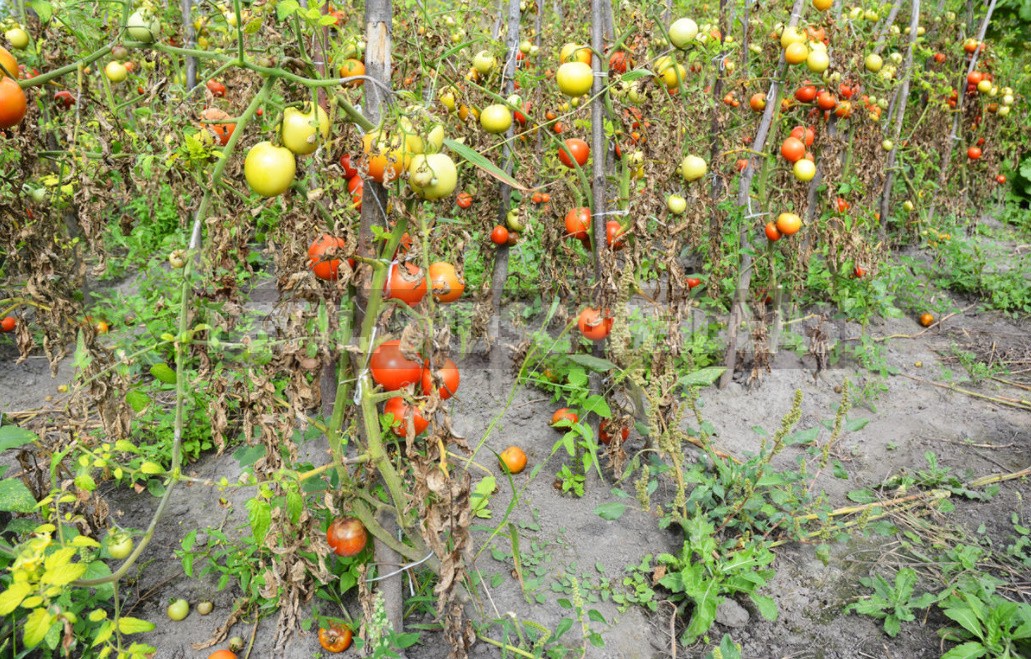
For the development of fungal diseases, high humidity is needed, so outbreaks of late blight are common in rainy years — as well as in August, when dew condenses on the aboveground parts of plants on cold nights. There are no varieties of tomatoes that are resistant to late blight.
Mulching helps to significantly reduce the rate of spread of the disease, in this case, moisture remains in the soil. So the microclimate in the greenhouse becomes closer to the ideal one for tomatoes — moist soil, but dry air. In addition, a useful microflora develops, which inhibits the growth of phytophthora. But if the attack has already happened, you will have to use chemicals. The fight will be more successful if you carried out preventive treatments on time.
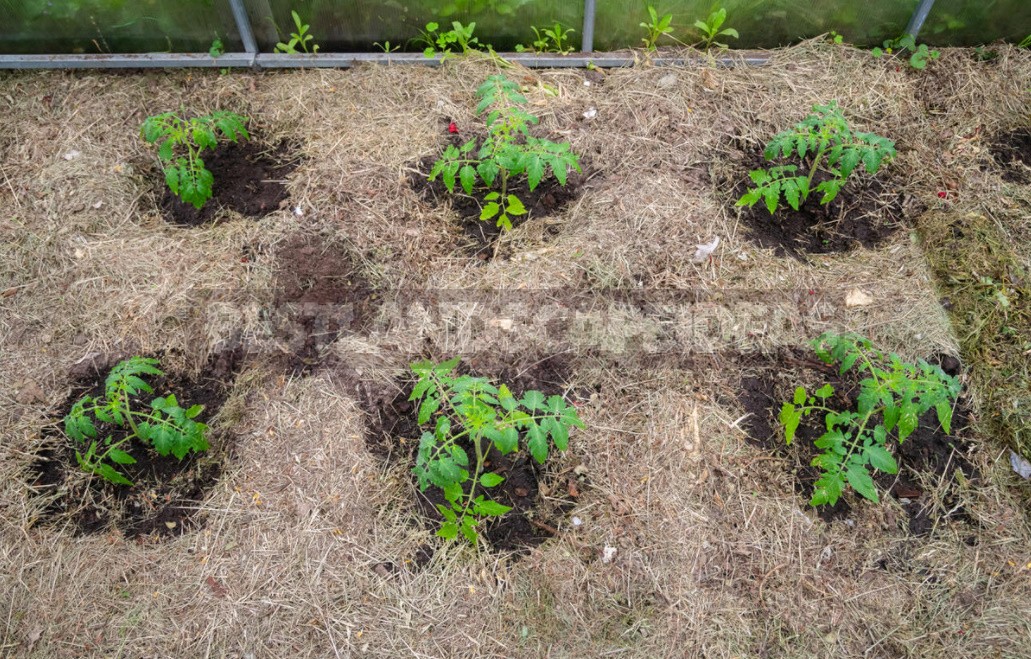
5. Wrong landing place
In the open ground, it is customary to plant determinant tomatoes, that is, those that limit their own growth. And it is better to settle indeterminate ones in a greenhouse. But this is not always the case, because there are generalists in both groups. In both groups, there are also early, medium-early, and later tomatoes of different purposes, shapes, sizes and tastes. There is another subgroup of superdeterminate varieties that stop growing very soon, mature very quickly, and do not require any stepsonization and formation. They are planted in containers and even grown at home at any time of the year.
When choosing varieties and places for planting, be guided by the conditions of your site. If you do not have a high greenhouse and only the option with a temporary shelter or a greenhouse on the arches is possible, do not spend money (at least for now) on varieties and hybrids for greenhouses. As a rule, they are taller, and it is problematic to cover them, and they also need more heat so that the fruits are tied and ripened.
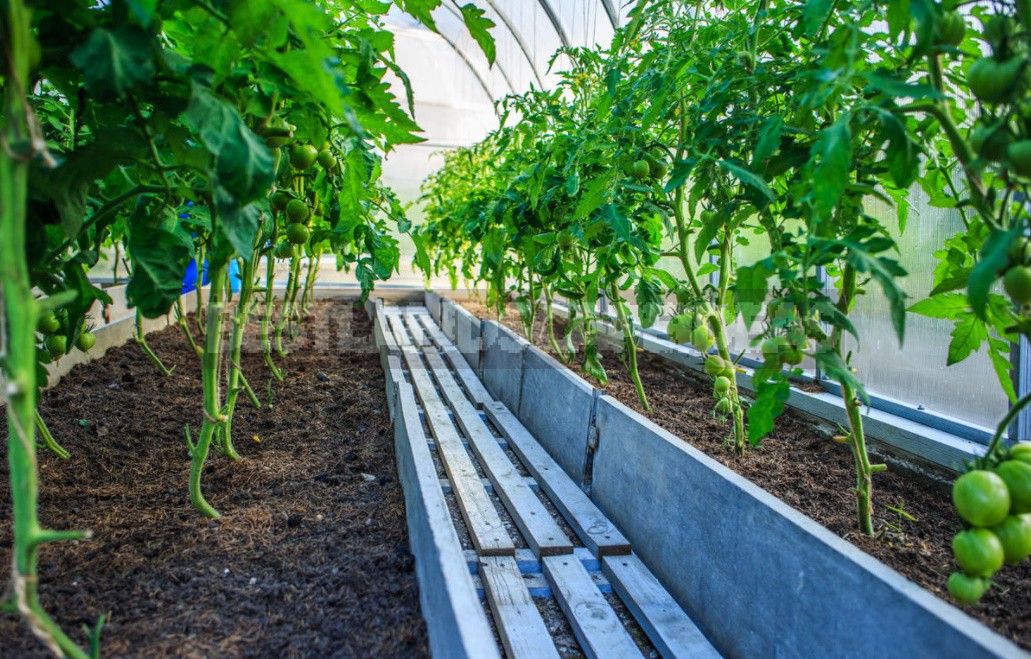
There are determinant varieties intended for growing in a greenhouse. If they are planted in the open ground — they will not show themselves to the maximum, and the colder the summer, the more noticeable the difference in yield will be.
However, often seedlings for a greenhouse are grown with a reserve, and when the place in it is filled, and it is a pity to throw away the excess, they are sent to the beds in the open air. And it is quite possible to harvest from them. Do not forget to put supports: high grades need support in the open ground, too.
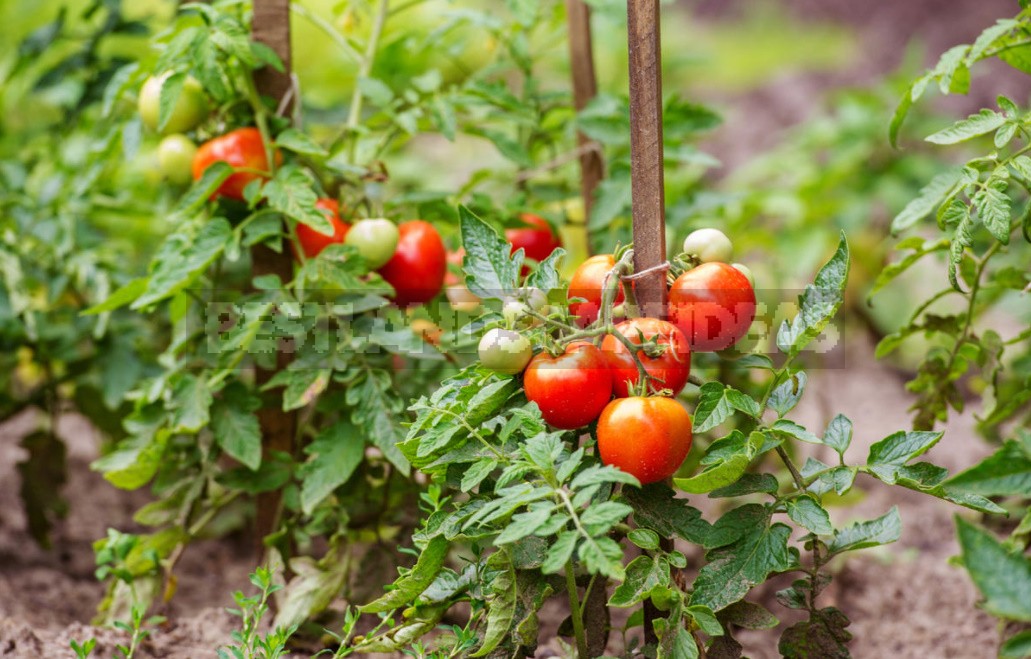
If the varieties intended for open ground are planted in a greenhouse, they are likely to develop quite rapidly: this is facilitated by higher temperature and humidity. Often they grow twice or three times the declared height. But you should not wait for a double harvest at the same time: the plant spends a lot of effort on growth. In addition, the maximum yield per square meter and the number of fruits on the plant are genetically determined. It will not grow more than possible.
A likely solution is to purchase varieties and hybrids that perform well both in open and protected ground.
6. Missed stepsons
Stepsons are lateral shoots that arise in the axils of leaves. Most of the stepsons should be removed as early as possible. It is permissible to leave 1-2 of the largest and most successfully located ones. In the case of determinant varieties, as a rule, these are the lowest ones. This is called “forming into 2-3 stems”. The left stepsons grow intensively and contribute to thickening. But there is also a plus — flowers and fruits can also form on them (somewhat later than on the main stem), which leads to an elongation of the consumption period.
Indeterminate varieties are most often formed into a single stem, when all the stepsons are removed. Be guided also by the recommendations of the seed manufacturer — the description of the variety usually indicates the optimal way to form the plant. Only superdeterminate (dwarf) varieties do not pass through: this is too much jewelry operation — and there is no need.
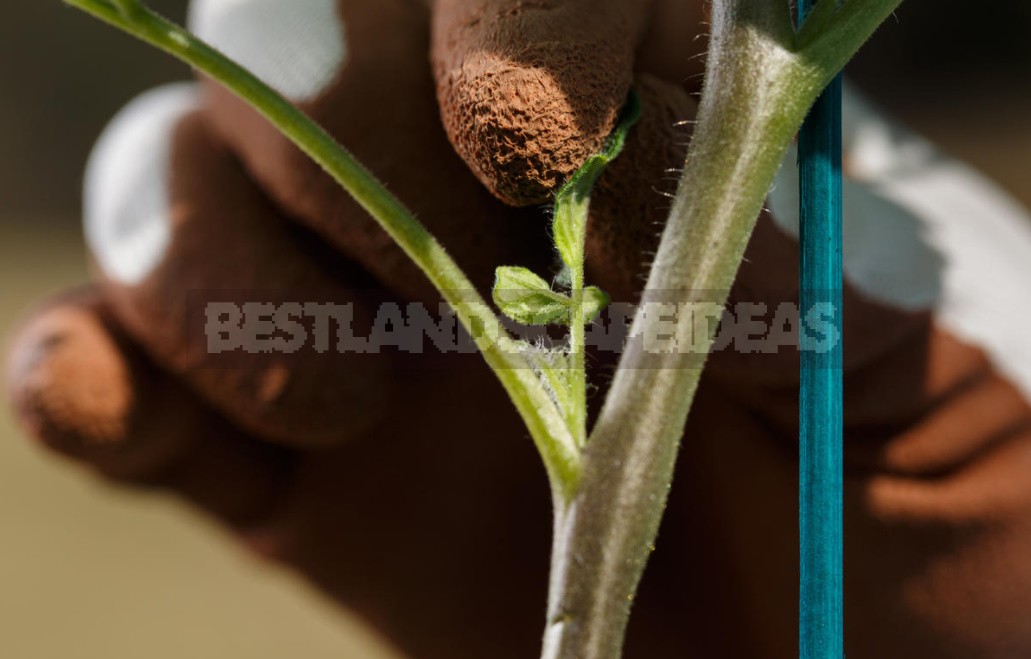
Theoretically, large stepsons can be rooted in water and planted in the ground — if there were few seedlings and if we are talking about a greenhouse where the consumption period is obviously longer.
Even if you missed the stepsons, there is a solution. Admittedly, many gardeners do not raise their hand to remove a blooming stepson. Perhaps this is not necessary. Shorten its top over a well-developed brush, or step back 1-2 leaves. It is better to remove the remaining stepsons. In order for the plantings to be well ventilated, it is worth cutting off the lower leaves. Do this gradually, but remember that when the fruits are already of a noticeable size, all the lower leaves should be removed before the first brush.
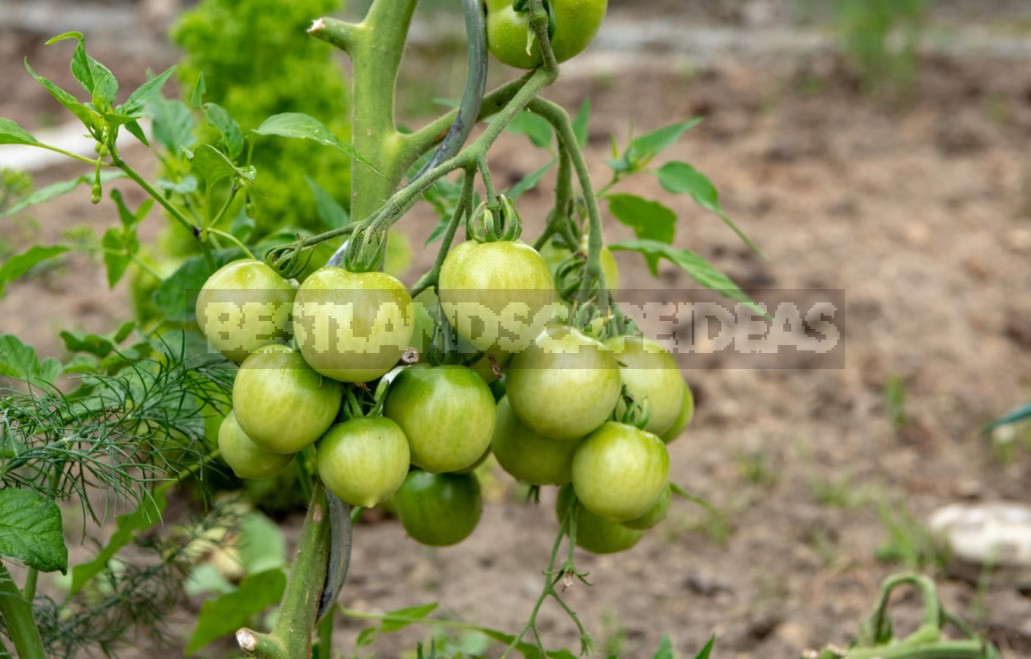
And how do you solve problems with tomatoes? Share your experience.
